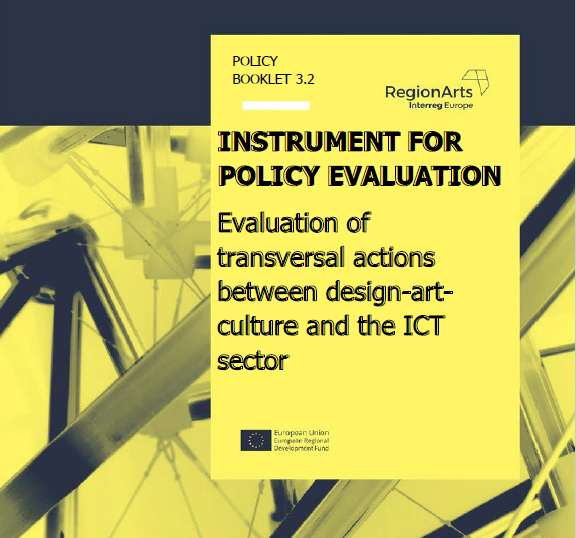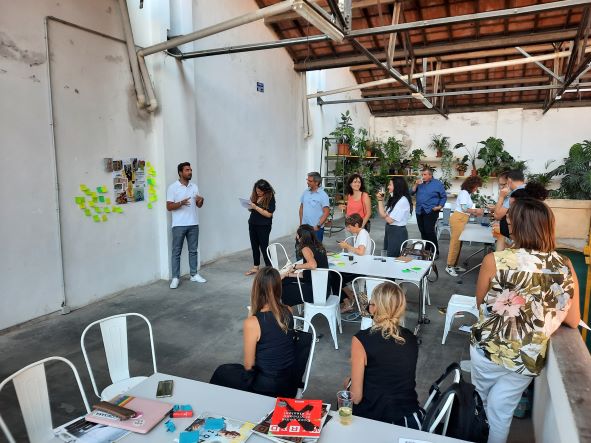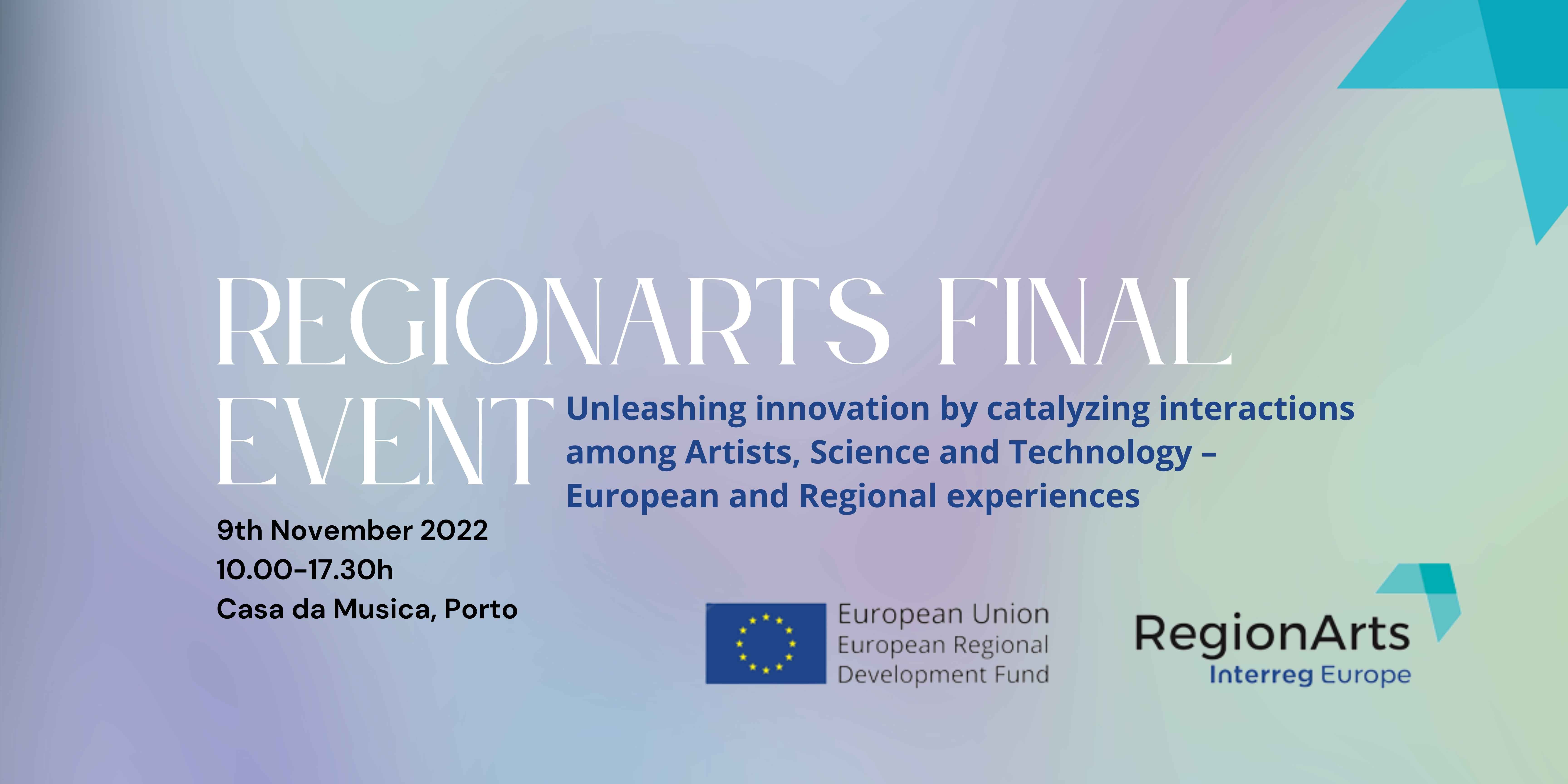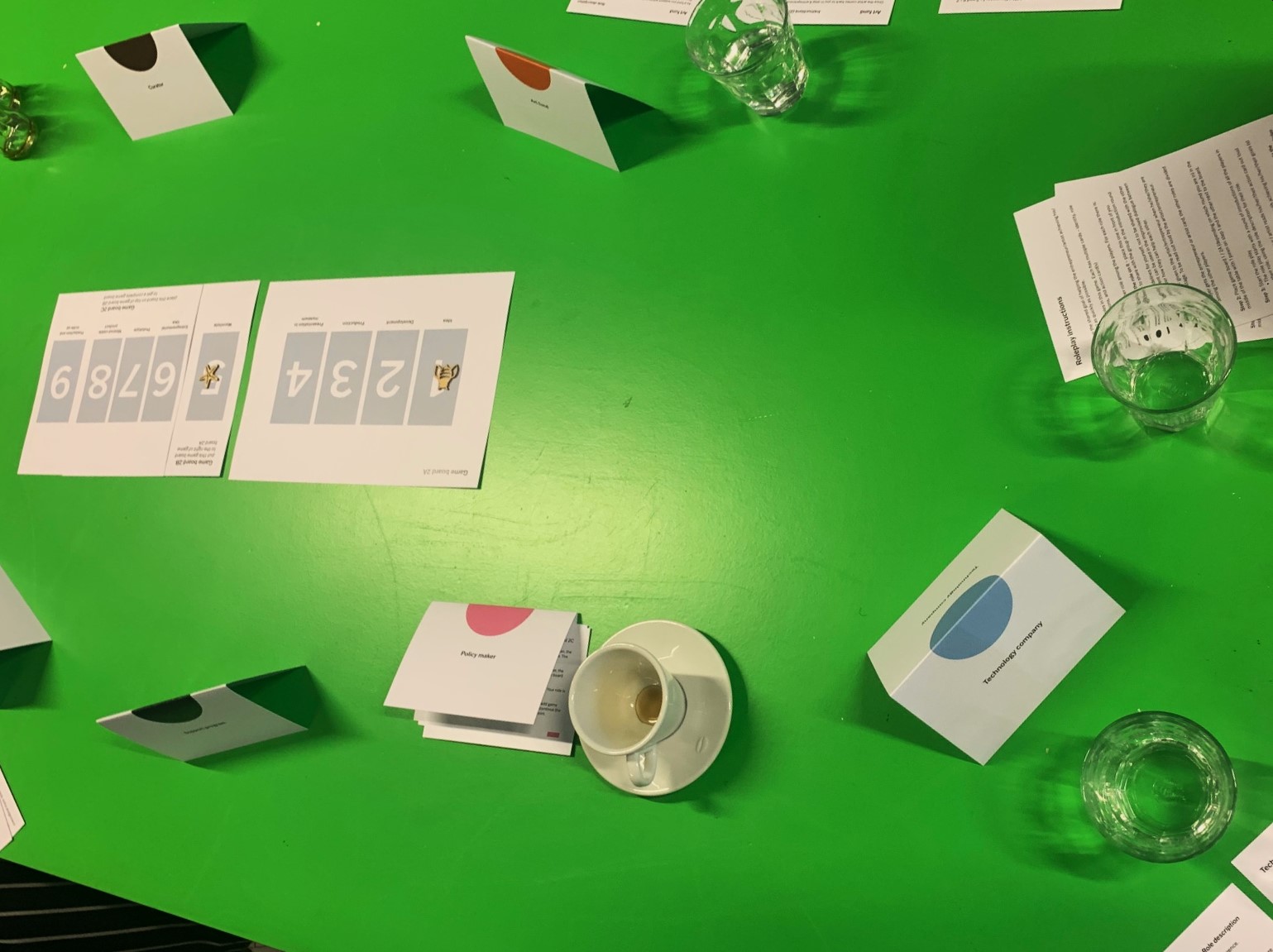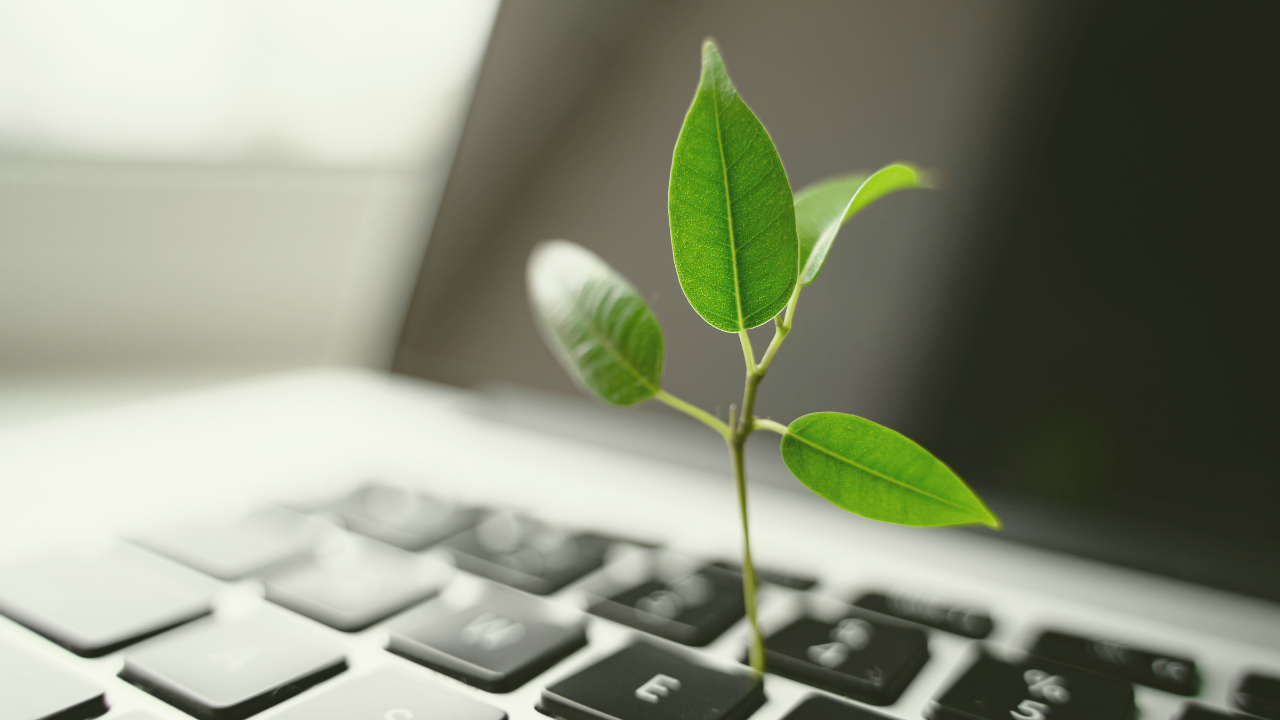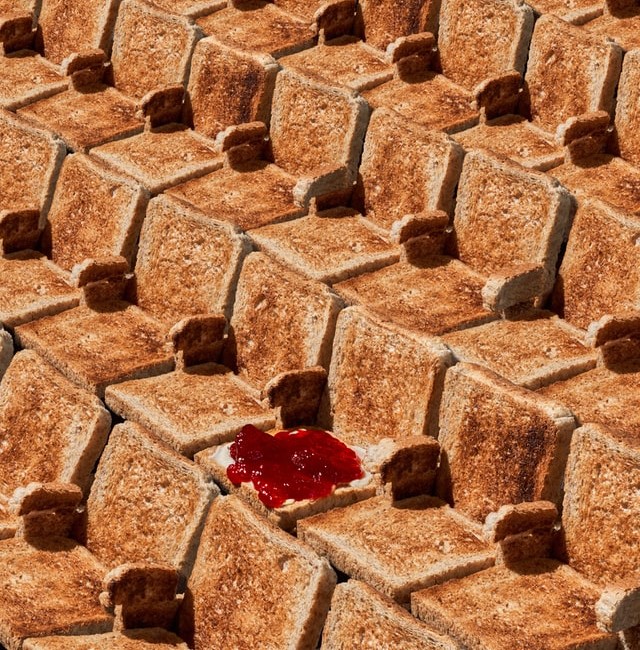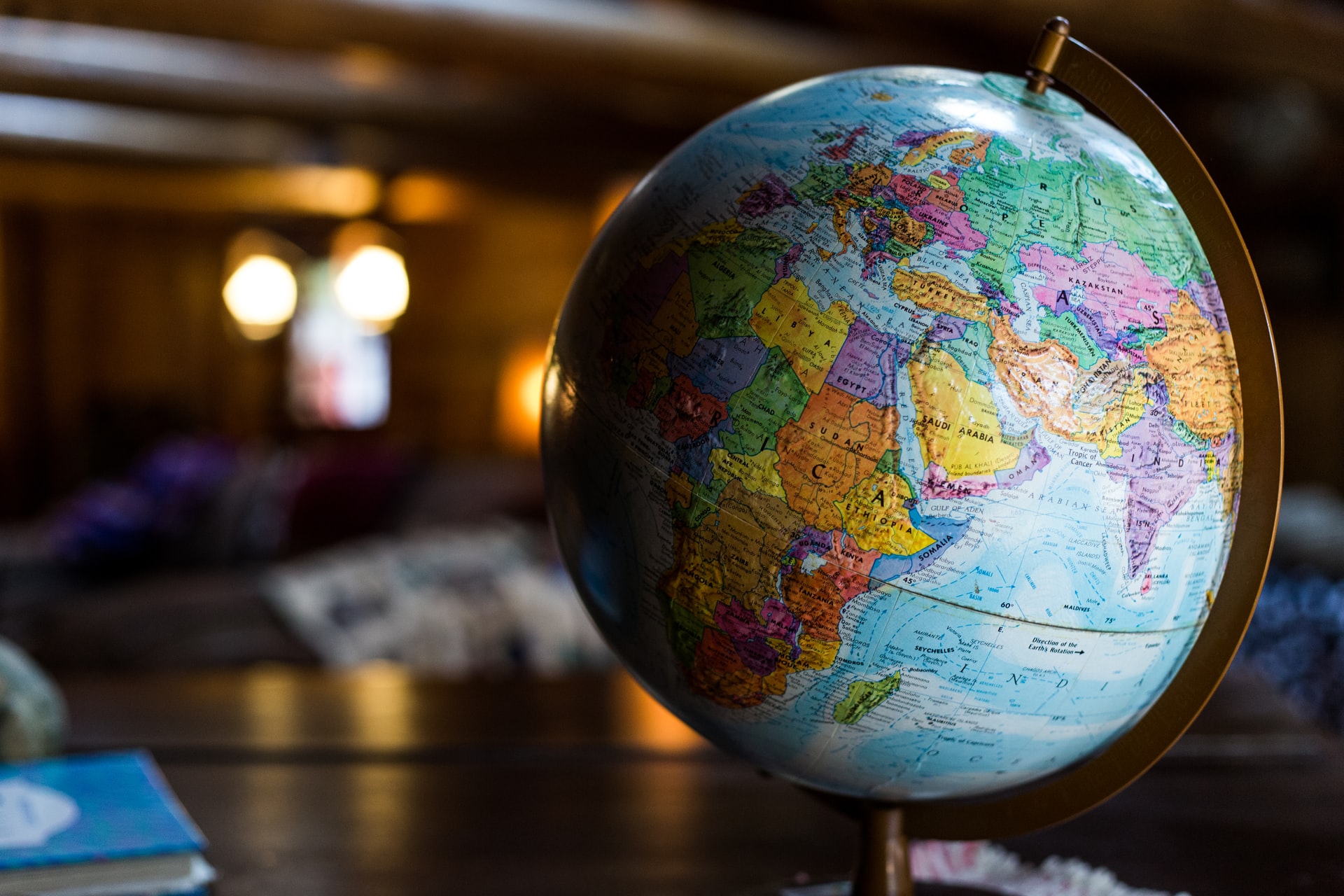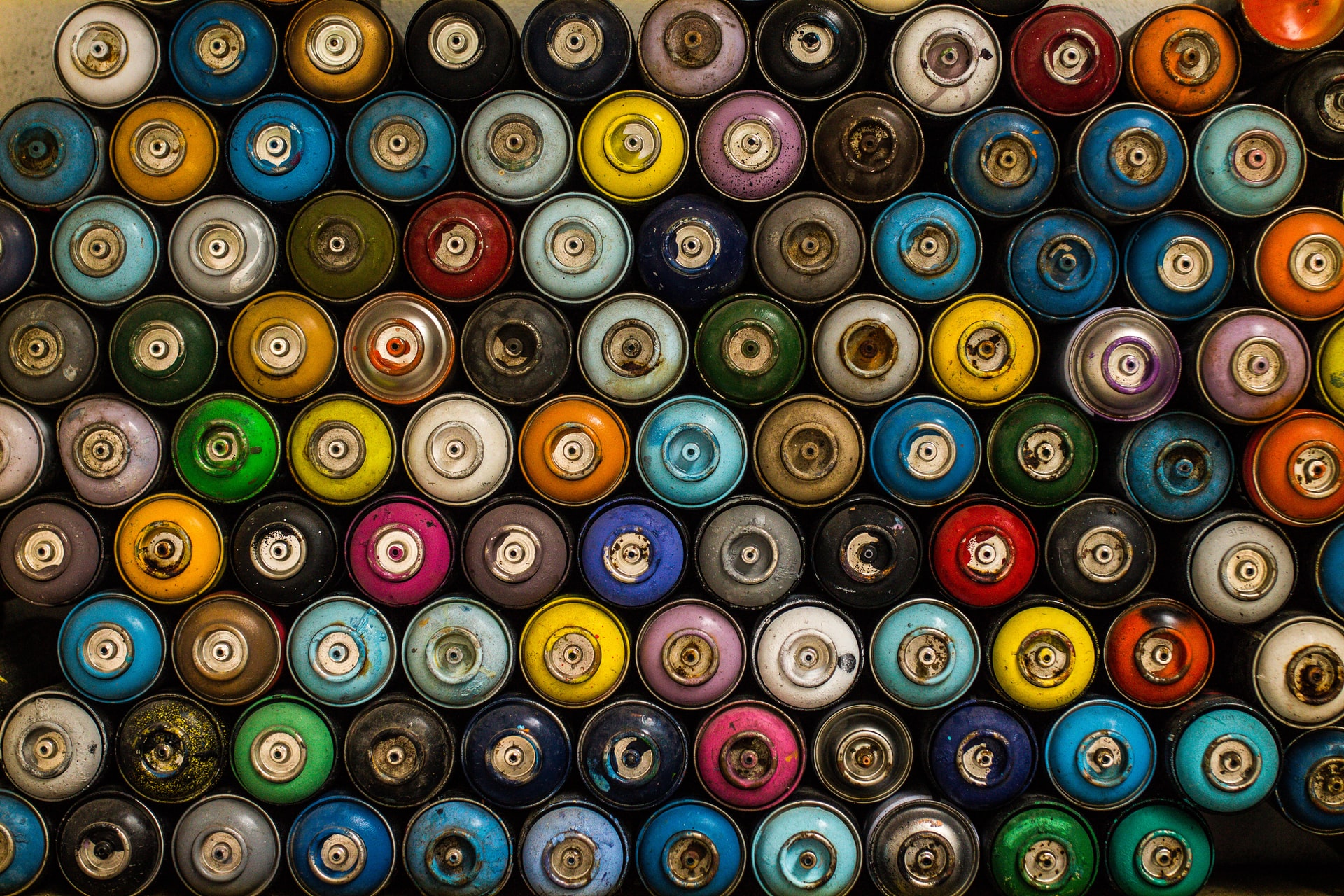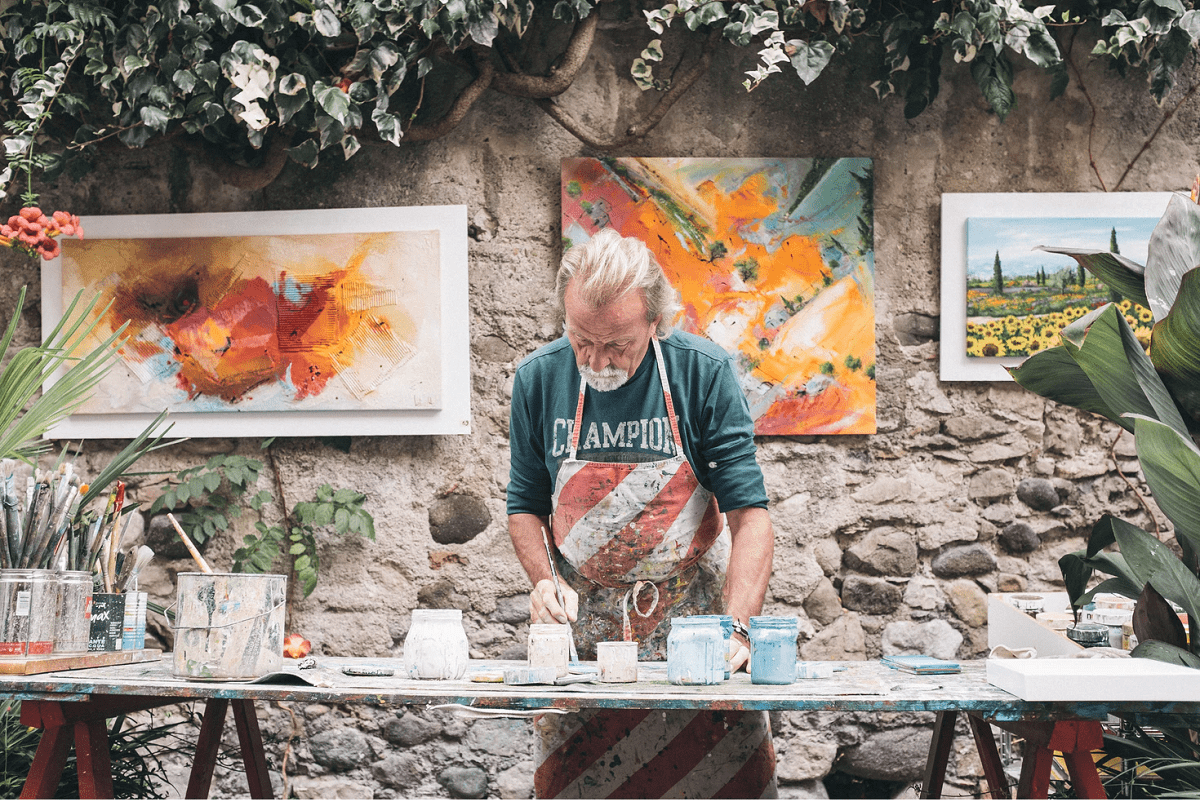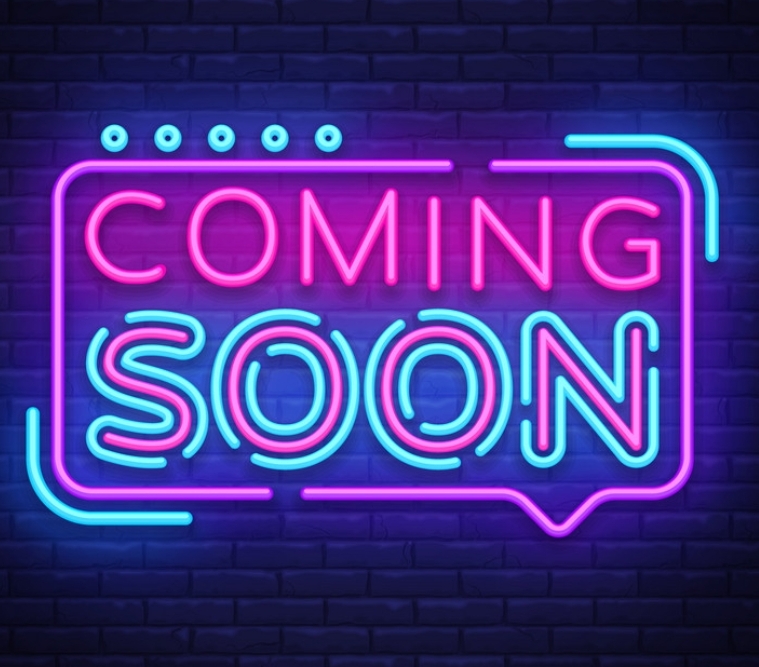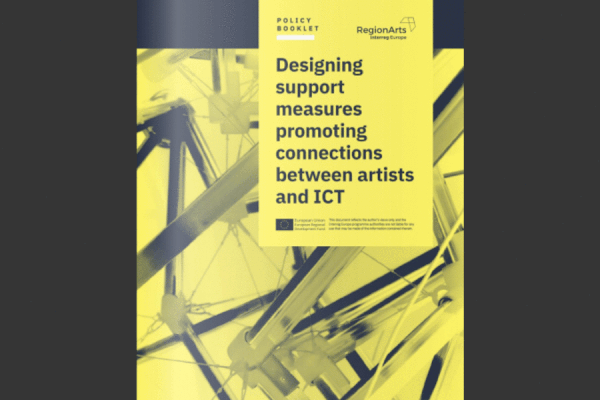Since lockdown, everyone has had to rely heavily on digital technologies: be it Zoom work meetings and lengthy email chains, gaming and streaming services for entertainment, or social media platforms to organise everything from groceries to protests. Human existence is now permeated by non-human computer language. This includes poetry. Digital technologies can disseminate and publish contemporary poetry, and also create it.
Digital artists combine human and computer languages to create digital poetry, which can be grouped into at least five genres.
- Generative poetry : Generative poems use a program or algorithm to generate poetic text from a database of words and phrases written or gathered by the digital poet. The poem may run for a fixed period, a fixed number of times, or indefinitely.
- Remixed poetry: Nick Montfort’s generative poem Taroko Gorge was inspired by a visit to Taroko Gorge in Taiwan. Montfort writes: “If others could go to a place of natural beauty and write a poem about that place, why couldn’t I write a poetry generator, instead?” Scott Rettberg then took the code from Montfort’s poem and replaced the vocabulary to produce Tokyo Garage, turning Montfort’s minimalist nature poem into a maximalist urban poem.
- Visual verse : For centuries, poets have combined poetry and images. Contemporary poets use digital technologies to similarly adorn poetry with imagery.
- Video game poem plays: The 1960s and 70s saw the emergence of text-based computer games, such as Zork, the source code of which is archived at the MIT libraries. Queensland digital poet Jason Nelson has created a number of works that fuse these two modes. The work disrupts commercial video game design with the player not striving for a high score – but instead moving, jumping, and falling through an excessive, disjointed, poetic atmosphere.
- Coded messages : Code poetry is a genre that combines classical poetry with computer language. Code poems, such as those compiled by Ishac Bertran in the print collection code {poems}, do not require a computer to exist. However, they do use computer languages, so to comprehend the poem one must be able to read computer code.

Shan Shui (2014) by Qianxun Chen makes a new illuminated poem with each click. elmcip.net
Discover more examples of digital artists combining human and computer languages to create digital poetry at https://theconversation.com/beauty-in-code-5-ways-digital-poetry-combines-human-and-computer-languages-140344.


